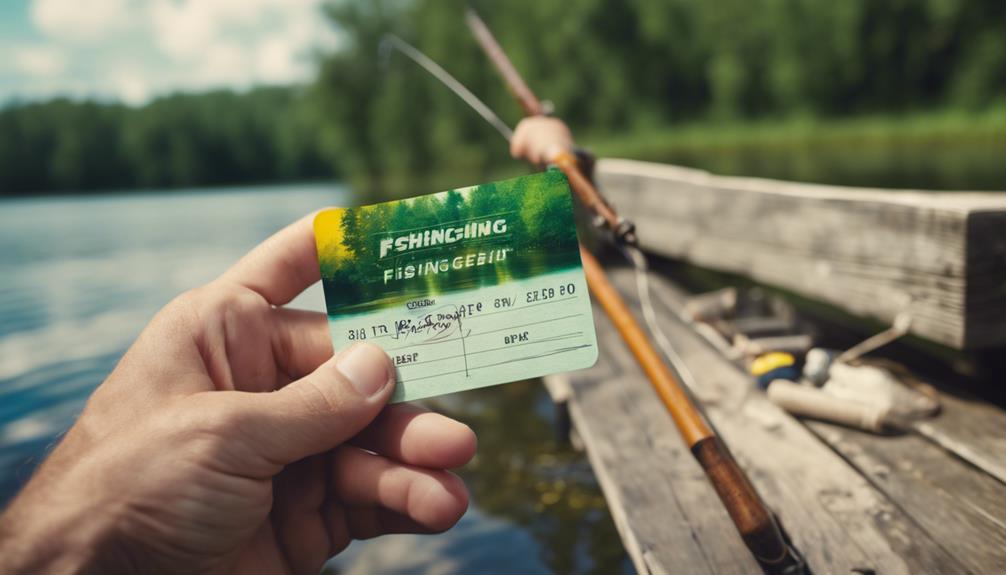Fly fishing is not just a hobby; it’s an art form that requires skill, patience, and the right tools. Whether you’re a novice or a seasoned angler, having the right fly fishing tools can significantly enhance your experience on the water. In this comprehensive guide, we’ll explore the essential fly fishing tools, tips for selecting the right equipment, and how they can improve your chances of landing that elusive catch.
Understanding the Importance of Quality Fly Fishing Tools
When it comes to fly fishing, the tools you choose can make or break your experience. Quality fly fishing tools not only improve your performance but also ensure your safety while you’re out on the water. From rods and reels to flies and nets, each piece of equipment plays a vital role in your fishing success. Investing in high-quality fly fishing tools can lead to better casting, increased catch rates, and a more enjoyable day spent in nature.
Essential Fly Fishing Rods and Reels
The backbone of any fly fishing setup is the rod and reel. When selecting a fly rod, consider factors such as length, weight, and action. A longer rod allows for longer casts, while a lighter weight is ideal for smaller streams. The action of the rod—whether it’s fast, medium, or slow—impacts how it performs under different conditions. Pair your rod with a quality fly reel that balances well with it. Look for a reel with a smooth drag system to help you manage the fight when you hook a fish. Understanding how to choose the right rod and reel combination is crucial for effective fly fishing.
Choosing the Right Fly Lines and Leaders
Once you have your rod and reel, the next step is selecting the right fly line and leader. Fly lines come in various types, including floating, sinking, and intermediate. Each type serves a different purpose based on the fishing environment. For instance, floating lines are ideal for dry flies on the surface, while sinking lines are better for deeper waters. Leaders are typically made of monofilament or fluorocarbon and should be matched to your fly line. A good leader will taper down to a fine point, allowing for smooth presentations and minimizing visibility to fish. Mastering the art of choosing the right lines and leaders is essential for successful fly fishing.
The Role of Flies in Fly Fishing
Flies are arguably the most crucial component of fly fishing tools. They mimic the natural food sources of fish, such as insects and baitfish. There are two primary types of flies: dry flies that float on the water’s surface and wet flies that sink. Understanding the local aquatic life will help you select the right flies for your target species. Additionally, learning how to tie your own flies can be a rewarding skill that not only saves you money but also allows you to customize your offerings. With thousands of fly patterns available, knowing which to use when can elevate your fly fishing game.
Essential Accessories: Nets, Tippet, and More
Beyond the primary tools, several accessories can enhance your fly fishing experience. A good net is essential for safely landing fish without causing harm. Look for nets made from rubber or soft mesh to protect the fish’s slime coat. Tippet material is another vital accessory; it connects your fly to the leader and comes in various strengths. Additionally, consider investing in a fly box to organize your flies, as well as polarized sunglasses to reduce glare on the water and help you spot fish more easily. Each accessory plays a role in ensuring a successful and enjoyable fly fishing outing.
Fly Fishing Tools for Beginners: Start with the Basics
If you’re new to fly fishing, it can be overwhelming to navigate the vast array of tools and equipment available. Start with the basics: a quality fly rod and reel combo, a selection of versatile flies, and essential accessories like a net and tippet. Many sporting goods stores offer beginner kits that contain everything you need to get started. As you gain experience, you can gradually expand your collection of fly fishing tools based on your specific needs and preferences. Remember, the key is to start simple and gradually build your arsenal as you become more comfortable with the sport.
Maintenance and Care for Your Fly Fishing Tools
Proper maintenance of your fly fishing tools ensures their longevity and performance. After each trip, rinse your rod, reel, and line with freshwater to remove any dirt or salt that can cause corrosion. Store your fly rod in a protective case to prevent damage, and regularly check your reel for any signs of wear. Flies should be kept in a dry, cool place to maintain their effectiveness. By taking the time to care for your equipment, you can enjoy many successful fishing seasons to come.
The Future of Fly Fishing Tools: Innovations and Trends
As technology advances, so do fly fishing tools. New materials and designs are constantly being developed to enhance the performance and durability of fishing gear. From lightweight rods made of advanced composites to high-tech reels with drag systems that adjust automatically, the future of fly fishing tools looks promising. Additionally, eco-friendly materials are becoming more prevalent, allowing anglers to enjoy their sport while minimizing their environmental impact. Staying informed about the latest innovations can help you make informed decisions about which tools to invest in for your fly fishing adventures.
In conclusion, having the right fly fishing tools is essential for anyone looking to enjoy this peaceful and rewarding sport. From selecting quality rods and reels to understanding the importance of flies and accessories, each element contributes to your overall success on the water. By investing in the right equipment, maintaining it properly, and staying informed about innovations in the industry, you can enhance your fly fishing experience and increase your chances of landing that trophy fish. Happy fishing!
